Are you asking for 'visual presentation of likert type data'? You can find all the information on this website.
Optic presentation of Likert-type data An influential part of information analysis and presentation is the visual image (or plotting) of data. The affected of plotting Likert (and other) evaluation scales is discussed at length stylish a paper away Robbins and Heiberger. They recommend the use of what they call radiating stacked bar charts.Author: World Heritage EncyclopediaTitle: Likert scale
Table of contents
- Visual presentation of likert type data in 2021
- Statistical tests for likert data
- How to analyse likert scale data
- Likert scale data analysis and interpretation pdf
- Statistics for likert scale data
- Likert scale results table
- 5-point likert scale analysis
- What graph to use for likert scale
Visual presentation of likert type data in 2021
 This picture illustrates visual presentation of likert type data.
This picture illustrates visual presentation of likert type data.
Statistical tests for likert data
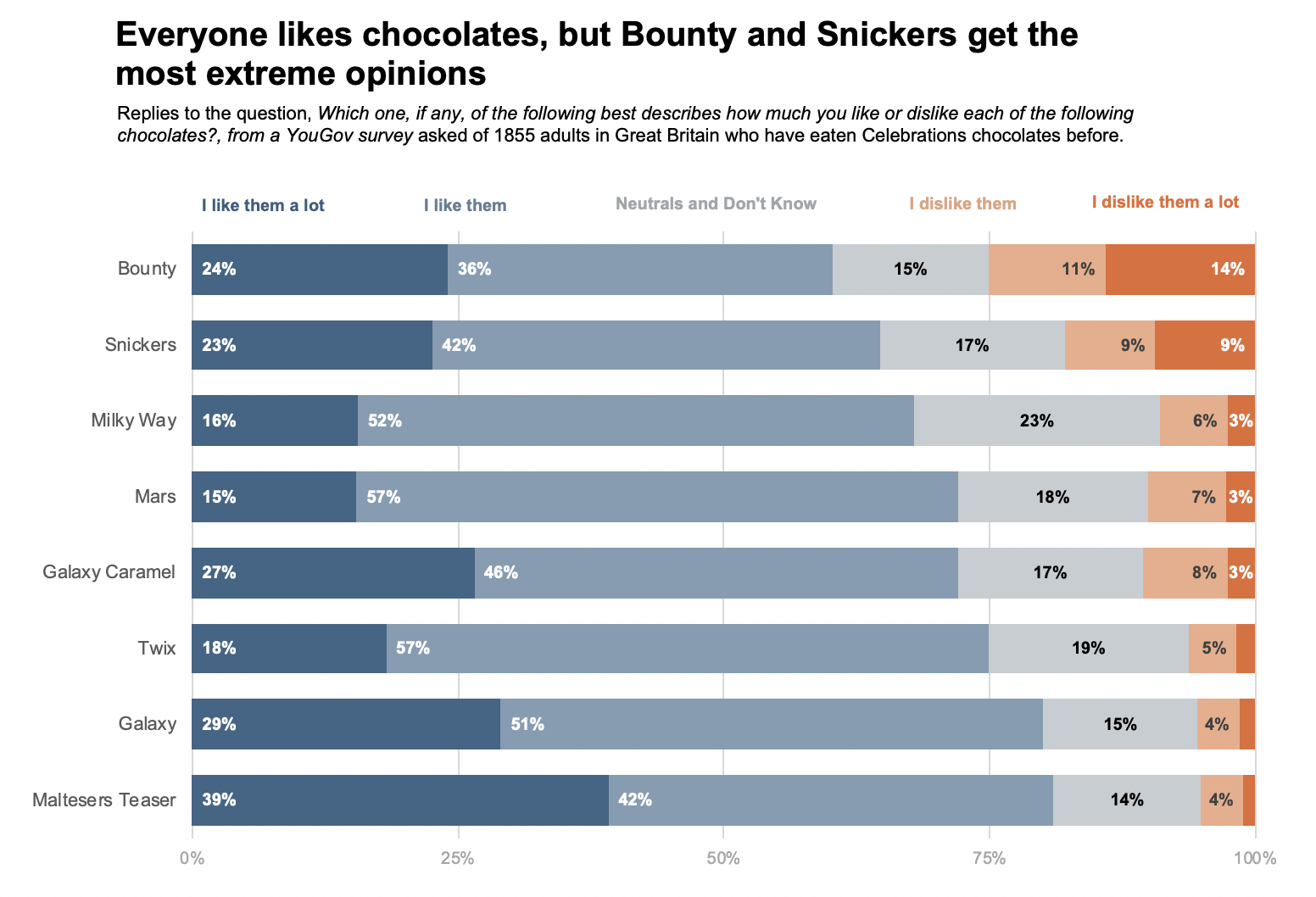 This image illustrates Statistical tests for likert data.
This image illustrates Statistical tests for likert data.
How to analyse likert scale data
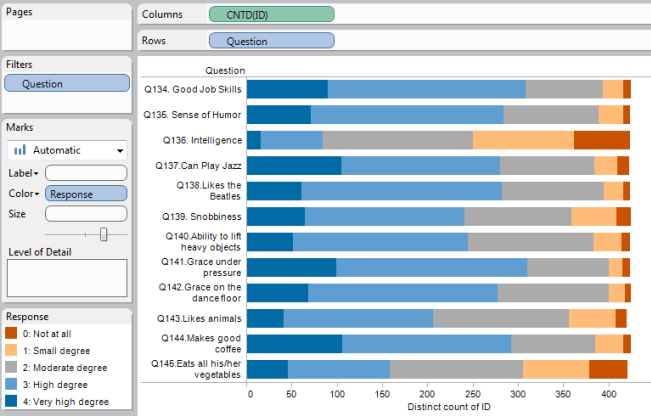 This image representes How to analyse likert scale data.
This image representes How to analyse likert scale data.
Likert scale data analysis and interpretation pdf
 This picture demonstrates Likert scale data analysis and interpretation pdf.
This picture demonstrates Likert scale data analysis and interpretation pdf.
Statistics for likert scale data
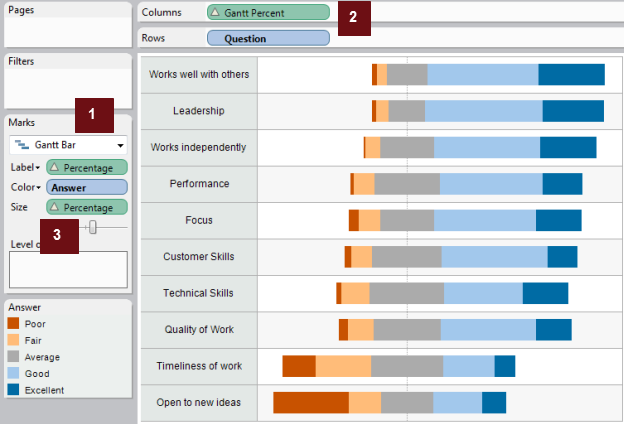 This picture representes Statistics for likert scale data.
This picture representes Statistics for likert scale data.
Likert scale results table
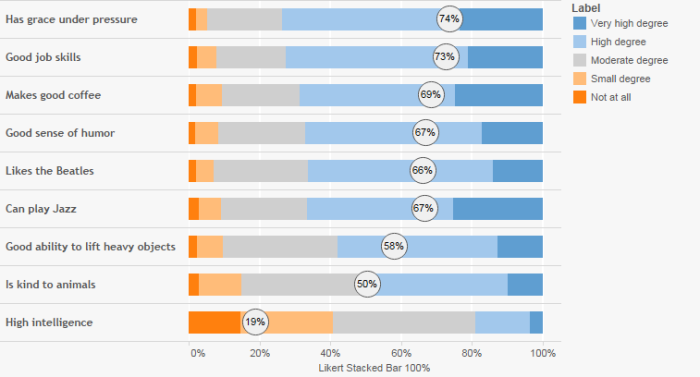 This picture shows Likert scale results table.
This picture shows Likert scale results table.
5-point likert scale analysis
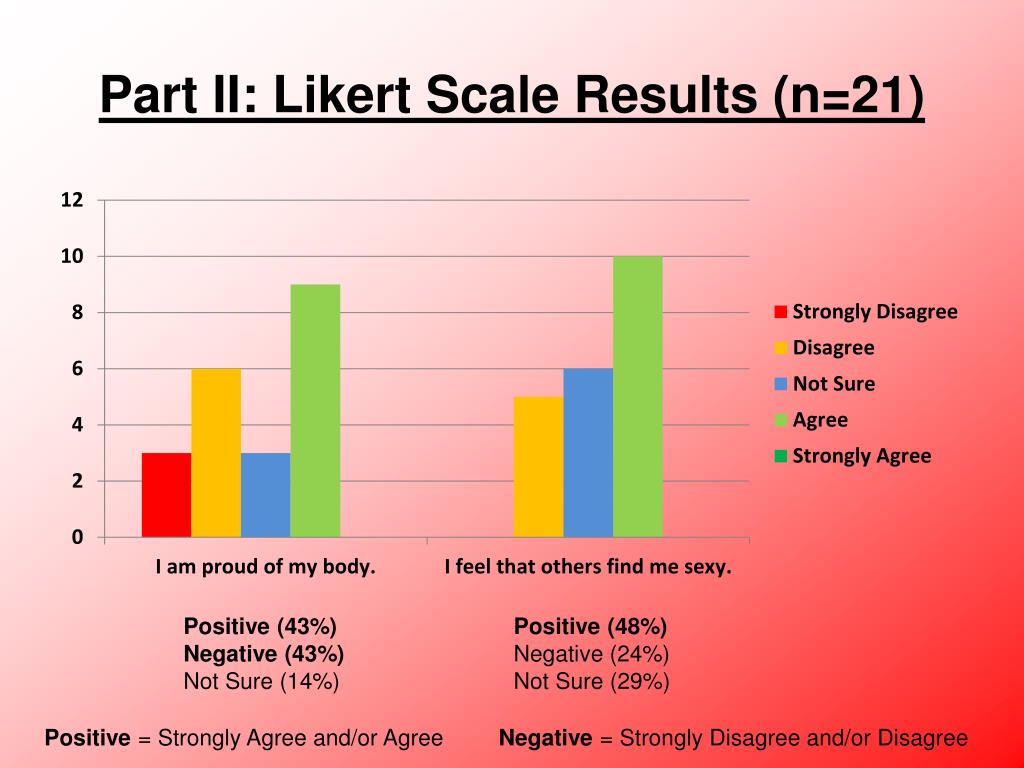 This picture demonstrates 5-point likert scale analysis.
This picture demonstrates 5-point likert scale analysis.
What graph to use for likert scale
 This picture demonstrates What graph to use for likert scale.
This picture demonstrates What graph to use for likert scale.
What is the best way to present the five-point Likert?
If your scale coding for the scale always has a 0 for the lowest value, i.e. is from 0-4 for a 5 point Likert scale, and you have different scales with the same Likert scale but different numbers of items, you can 'standardise' all their scores to one between 0-100 by making the following transformation: (25 X 100 )/ (4 X 10) = 2500/40= 62.5.
How is the Likert scale used in public health?
Similarly,the Likert scale is a valuable and important part of survey research, which is commonly used in public health evaluation. A Likert scale is an ordered scale from which respondents choose one option that best alignswith their view. It is often used to measure respondents' attitudes by asking the
How to analyse Likert scale and type data?
ANALYSING LIKERT SCALE/TYPE DATA. 1. Motivation. Likert items are used to measure respondents’ attitudes to a particular question or statement. To analyse the data it is usually coded as follows. 1 = Strongly disagree 2 = Disagree 3 = Neutral 4 = Agree 5 = Strongly agree
When did Rensis Likert create the Likert scale?
Developed in 1932 by Rensis Likert to measure attitudes, the typical Likert scale is a 5- or 7-point ordinal scale used by respondents to rate the degree to which they agree or disagree with a statement (table). In an ordinal scale, responses can be rated or ranked, but the distance between responses is not measurable.
Last Update: Oct 2021